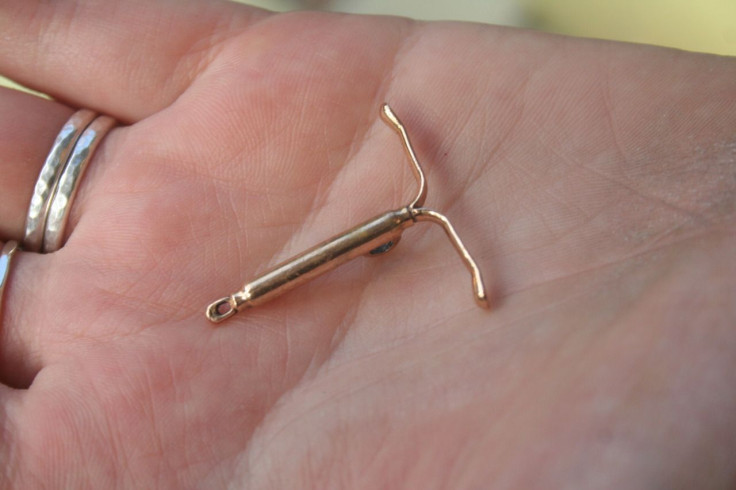Birth Control Options: More Women Choosing IUDs, Other Long-Lasting Contraception Methods Than Ever Before

Women who use birth control are increasingly choosing long-acting reversible methods like intrauterine devices (IUDs), according to a report by the National Center for Health Statistics. The new data shows that 11.6 percent of women who used birth control in the U.S. between 2011 and 2013 chose long-acting reversible contraceptives (LARC), almost double the rate in 2006-2010 (6 percent). In 2002, the rate was just 2 percent.
The most popular methods of birth control remain the pill (26 percent), female sterilization (25 percent) and condoms (15 percent), but using LARC is the fastest-growing method. Women’s health experts say that this type of birth control gives women more say over when and with whom they have children. The New York Times reports that about half of the 6.6 million pregnancies a year in the U.S. are unintended, and that experts suggest wider use of LARC could help reduce that statistic.
LARC are gaining popularity because not only are they highly effective when used properly, but they’re easy to use properly. Unlike the pill or condoms, they do not rely on a woman’s action to work properly. Though LARC methods had trouble gaining popularity after disastrous first versions in the 1970s, today’s versions are widely considered very safe. Another roadblock for LARCs was their cost — as much as $900 for an uninsured woman — but the Affordable Care Act has made the IUD less expensive for women.
Use was about the same across educational groups, but LARC methods were less popular with black women, at about 8.6 percent. 15.1 percent of Hispanic women used LARC methods, and 11.4 of white women did. Female sterilization was the most popular method among women with less education — about 40 percent of women with just a high school diploma or the equivalent used that method. On the opposite end, the pill was favored with more educated women, used by about a third of women with a college degree or more, but by just 13 percent of women with a high school degree or less.
About 62 percent of women in the United States use some form of birth control, according to the nationally representative federal survey.
Source: Daniels K, Daughtrey J, Jones J, Mosher W. Current Contraceptive Use and Variation by Selected Characteristics Among Women Aged 15-44: United States, 2011-2013. National Health Statistics Reports. 2015.



























